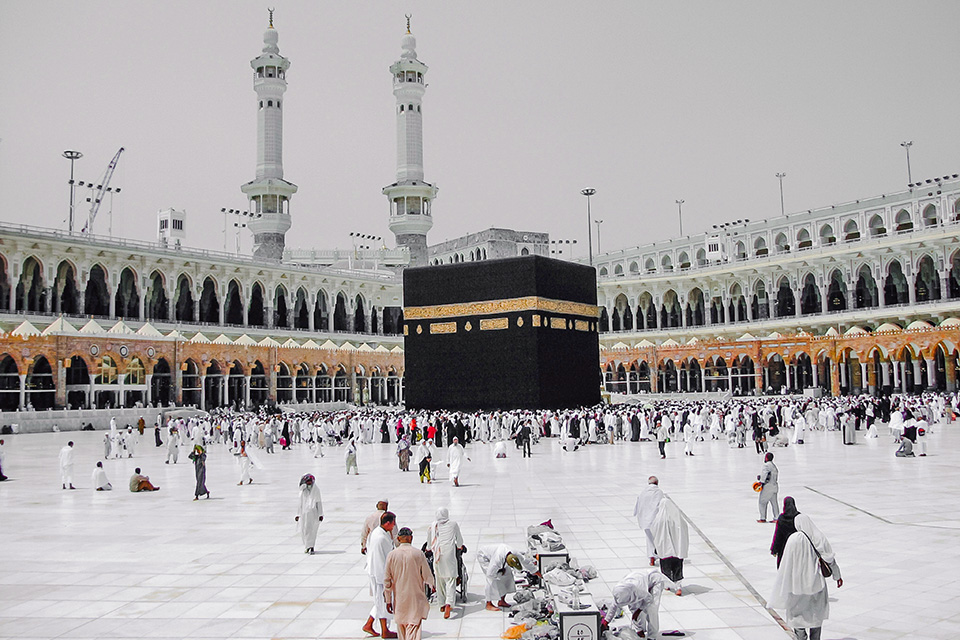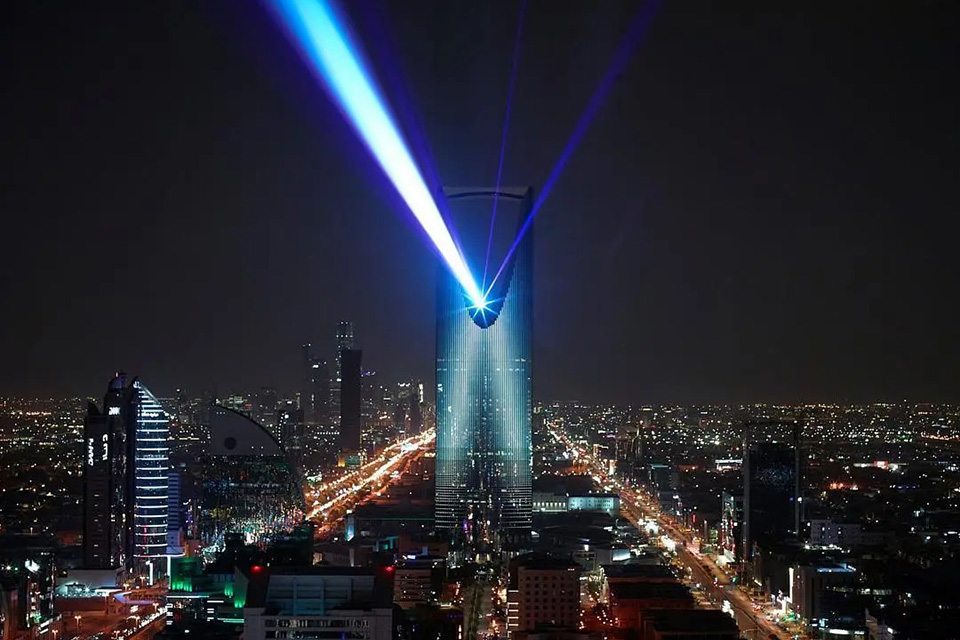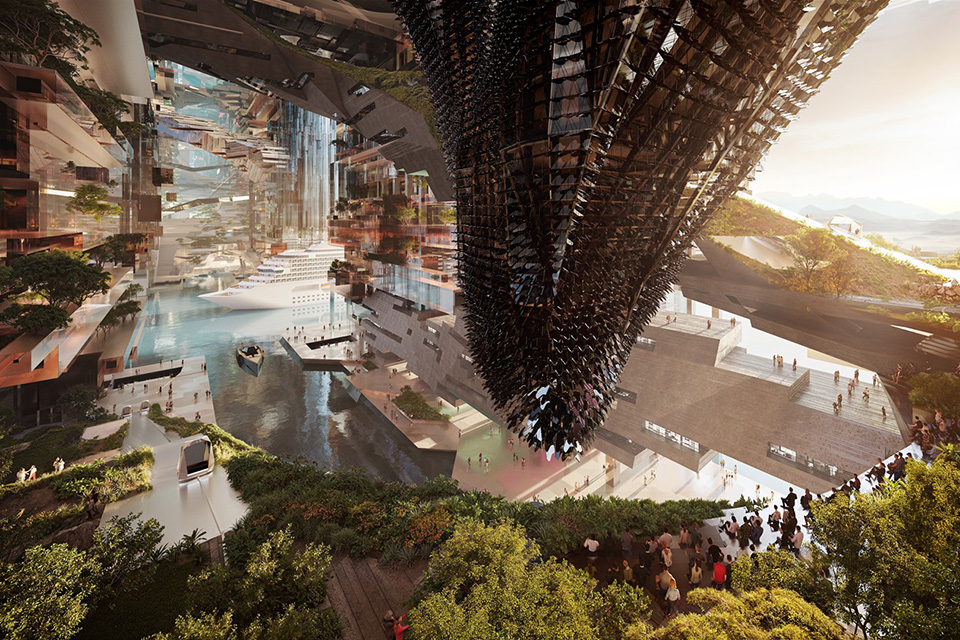- News
Over 95 Million Trees Planted in Saudi Arabia Since 2021
By planting over 95 million trees and following the Circular Carbon Economy approach, Saudi Arabia targets net zero emissions by 2060.
Article Summary:
- The National Center for Vegetation Cover Development and Combating Desertification announced that Saudi Arabia has planted over 95 million trees since the launch of its Saudi Green Initiative.
- The project aims to increase green cover, combat desertification, and improve air quality across the kingdom.
- It aligns with the broader Vision 2030 goals of mitigating climate change effects, improving quality of life, and reducing carbon emissions.
Saudi Arabia has taken a significant leap in environmental sustainability. According to the National Center for Vegetation Cover Development and Combating Desertification, the kingdom has planted over 95 million trees. This is since the launch of the Saudi Green Initiative in 2021. The ambitious project aims to increase green cover, combat desertification, and improve air quality across the kingdom.
About the Saudi Green Initiative
The Saudi Green Initiative (SGI) has set environmental restoration goals such as combating climate change and improving quality of life. Moreover, the initiative focuses on reducing carbon emissions and enhancing biodiversity, thereby protecting the environment for future generations.
By following the Circular Carbon Economy (CCE) approach, Saudi Arabia hopes to achieve net zero emissions by 2060. In addition, the method will also enable the kingdom to transition into a green economy. It is governed by three overarching goals: emissions reduction, afforestation, and land and sea protection.
Since the SGI’s launch, it has implemented 77 initiatives supporting these goals. It also represents an investment of USD 186 billion to help drive sustainable growth.
The CCE is about ensuring carbon stays in a loop. It establishes a sustainable way of managing carbon emissions rather than releasing it into the atmosphere and causing climate change.
Over 95 Million Trees Planted, 110,000 hectares rehabilitated
The tree-planting milestone is a testament to the kingdom’s commitment to these goals. Governmental bodies, private companies, and non-profit organizations have all collaborated to ensure the initiative’s success. As of this time, 121 partners from different sectors have made contributions to the government’s afforestation efforts.
Besides planting over 95 million trees, Saudi Arabia has also rehabilitated 111,000 hectares of degraded land. Moreover, it is protecting 4.3 million hectares under restoration.
In addition, the kingdom has also recorded 7.1 million cases of natural vegetation, increasing green cover.
The National Center for Vegetation Cover Development and Combating Desertification also protects and rehabilitates vegetation and fights illegal logging. More importantly, it also aims to sustainably oversee forests, national parks, and rangelands.
Environmental and Social Impact
The environmental impact of these green initiatives is significant. Increased green cover helps combat desertification, a major challenge in the region. Trees absorb pollutants and produce oxygen, significantly improving air quality. Furthermore, these efforts also support biodiversity by providing habitats for various species.
From an economic standpoint, Saudi Arabia’s environmental initiatives will create numerous job opportunities, boosting local economies and providing livelihoods. Tourism also sees growth as the kingdom’s green spaces attract visitors.
Socially, the initiatives improve the quality of life by providing cleaner air and enhancing public spaces. The emphasis on green spaces promotes a healthier lifestyle and fosters community well-being.
Over 95 Million Trees toward a greener Middle East
Looking ahead, the Saudi Green Initiative aims to plant even more trees and expand its environmental restoration efforts. The kingdom has set an ambitious goal of reaching net zero emissions by 2060. Moreover, it aligns with Vision 2030, which aims to mitigate climate change effects, improve quality of life, and reduce carbon emissions. This target aligns with global efforts to reduce carbon footprints.






